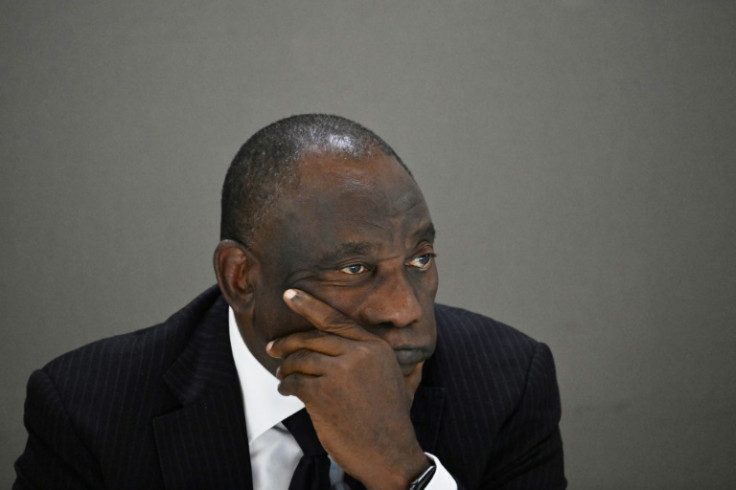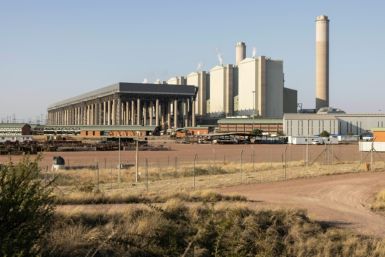President Ramaphosa Pays Tribute To Anti-apartheid Photographer Peter Magubane

President Cyril Ramaphosa on Wednesday paid tribute to globally renowned photographer Peter Magubane at the Provincial Official Funeral in Johannesburg for capturing the atrocities of apartheid.
The veteran and anti-apartheid photographer died at the age of 91 on New Year's Day.
"Despite all attempts to break his spirit and to take him away from his craft, he would not put his camera down. His work documenting apartheid helped shift global opinion against the regime," Ramaphosa said, SA News reported.
"We have heard of how he would smuggle his cameras into hollowed-out bread, milk cartons and I am told even the Bible, to take pictures without the notice of the authorities," he added.
The president pointed out that the apartheid regime didn't worry much about the lives but did care about the image, hence Magubane's photographs helped bring change in South Africa at that time.
South Africa gained independence in 1994 after the apartheid system ended in the late 20th century, and Nelson Mandela became the first black president in the same year. Before the implementation of the apartheid system, South Africa was under Dutch colonization from 1652 to 1795.
"Peter Magubane's images, and those of his peers, upended Hendrik Verwoerd's great lie that apartheid was benign benevolence, a system of the separate but equal, and so-called good neighborliness. He used his camera to record the experiences and struggles of black South Africans during apartheid," the president said.
Ramaphosa explained how Magubane's images reached the international media and shed light on the injustices happening in the country.
The president recalled the New York Times obituary featuring Magubane's images documenting the cruelties and violence of apartheid, which drew acclaim around the world but punishment in South Africa, including beatings, imprisonment, and 586 consecutive days of solitary confinement.
Ramaphosa noted that the late photographer's "archive testifies to an extraordinary range," adding that he had worked with President Mandela as his official photographer and captured some of the most enduring images of Mandela with his lens.
He went on to explain the contribution the veteran made in the country at many turning points in the struggle against apartheid and covered the various states of emergency during the mid-1980s.
"There are his stark images that documented the aftermath of the Sharpeville Massacre in 1960, the 1976 Soweto Uprising, and the many other acts of violence unleashed by the regime," the president added.
© Copyright 2025 IBTimes ZA. All rights reserved.


















